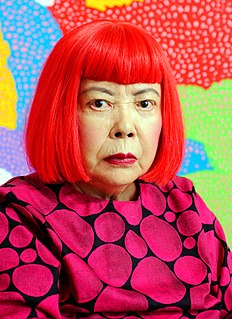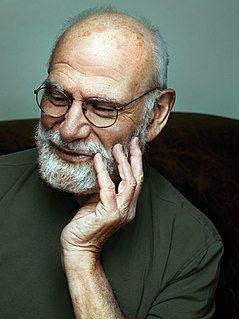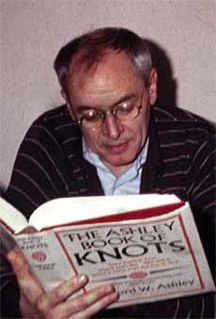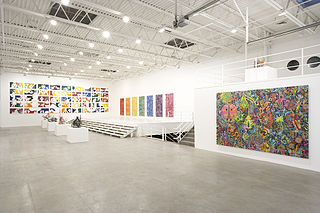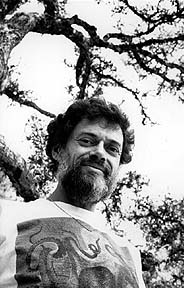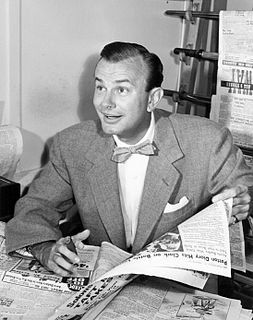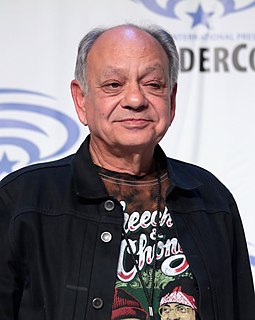A Quote by Yayoi Kusama
My art originates from hallucinations only I can see. I translate the hallucinations and obsessional images that plague me into sculptures and paintings.
Related Quotes
My art originates from hallucinations only I can see. I translate the hallucinations and obsessional images that plague me into sculptures and paintings. All my works in pastels are the products of obsessional neurosis and are therefore inextricably connected to my disease. I create pieces even when I don’t see hallucinations, though.
We are effectively destroying ourselves by violence masquerading as love. I am a specialist, God help me, in events in inner space and time, in experiences called thoughts, images, reveries, dreams, visions, hallucinations, dreams of memories, memories of dreams, memories of visions, dreams of hallucinations, refractions of refractions of refractions of that original Alpha and Omega of experience and reality, that Reality on whose repression, denial, splitting, projection, falsification, and general desecration and profanation our civilisation as much as anything is based.
Given her deafness, the auditory part of the brain, deprived of its usual input, had started to generate a spontaneous activity of its own, and this took the form of musical hallucinations, mostly musical memories from her earlier life. The brain needed to stay incessantly active, and if it was not getting its usual stimulation..., it would create its own stimulation in the form of hallucinations.
